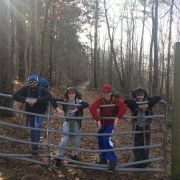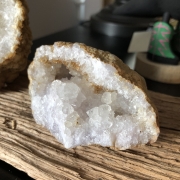It’s Never, Never Too Late to Start Getting Healthy!! | Healthy Aging Series: Part 2
I’m 65.
I’ve been pretty serious about my health most of my adult life. This is due, in part, to the many people that have mentored me and influenced me these past decades.
I see my doctor and dentist twice a year.
I work out almost every day.
I hike and walk every week.
I cycle (during the warmer months) every week.
I lift weights or do body weight exercises 3-4 times a week.
I recently eliminated “added sugar” from my diet and dropped 20 lbs.
I still have lots of things to work on, but it’s never too late to get started.
I have worked on the stress in my life, and I been doing mindfulness practices to help.
I’m working at reducing the sodium in my diet with the hopes of reducing my blood pressure.
I’d like to get my percentage of body fat down to around 18%.
Like I said, it’s never too late!
In a recent New York Times article by Gretchen Reynolds (September 18, 2019) entitled, “Taking up Running After 50? It’s never too late to Shine,” she writes that, “middle age is not too late to take up intense exercise training and begin banking many of the health benefits of being an athlete.” I love this analogy of banking health benefits! She explains that older athletes have fewer long-term health conditions, take fewer medications, have fewer hospital or medical visits, and their physical function is excellent.
Again, it’s never too late!!
I’ve mentioned in an earlier blog a book that my father gave me 2 decades ago, “Dr. Bob Arnot’s Guide to Turning back the Clock.” Arnot writes, “You can set back your biological age, like rolling back the miles on a car’s odometer. How much? A sedentary forty- or fifty-year-old can realistically expect to test as a healthy twenty-five-year-old after as little as six months.” This is a book worth reading if you want to become more active and reverse aging. I have two copies in my office, and I’ll loan you one!
Bob Arnot’s advice, “It’s never too late!”
Another book that inspired me during this past decade was, “Younger Next Year: Live Strong, Fit, and Sexy -Until You’re 80 and Beyond,” by Chris Crowley and Henry S. Lodge, M.D. This is a very hopeful book. Crowley is eight-four-years-old and continues to be active and in very good health. He writes that, “you may want to think about the fact that 70 percent of premature death is life-style related.” “Premature death,” he explains, “means before you’re deep into your eighties.”
Crowley and Lodge agree, It’s never too late to start preparing for old age!!
Here is my advice:
The sooner you become more health conscious, the better your chances of living a long and healthy life.
Let that sink in.
This means getting more health conscious about:
- Good nutrition
- Being active
- Having something to get up for every morning
- Maintaining good relationships
- Learning to adjust to the things that will not adjust to you
I’m sitting in a Starbucks in Colorado as I write this blog. I’m getting ready to hike The Incline. It’s a mile-long train up the side of Pike’s Peak that increases in elevation by 2000 feet. I try to do it every time I visit, to test myself. It’s usually takes an hour and fifteen minutes to make it up that mile stretch. We’ll see about this time.
Why do I do things like this?
Because I’m doing what I can now to ensure that I live a long and healthy life.
It’s never, never too late to get started!
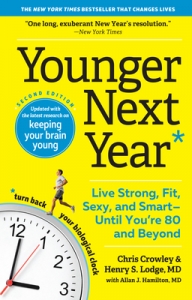
This is part two in the Healthy Aging Series, written by Mark Neese, LCSW, BCBA. To see more entries in this series, click here.
Nutritional and Medical Disclaimer for True North Counseling, LLC
In viewing this website (and blog), it is assumed that you understand and acknowledge that the services and information, provided by True North Counseling, LLC may involve recommendation to improve your general health, fitness and well-being, including nutrition/diet advice and suggestions for physical activity. In accepting this information, understand that it is under your best discretion to be respectful to your body when engaging in physical activity and/or changing dietary habits. It is recommended to consult with your primary physician before starting any new/recent exercise or eating routine and to get annual check-ups to assess current health and fitness status. Do not overlook the importance of having a team-approach when health is involved. Regular visits with both your physician and registered dietitian will allow you to create the best possible, balanced approach in meeting health and performance/fitness goals.

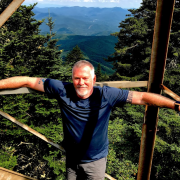
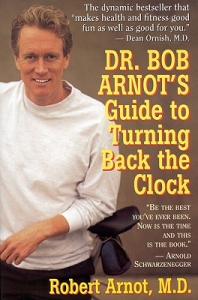
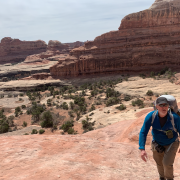
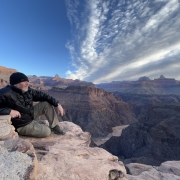
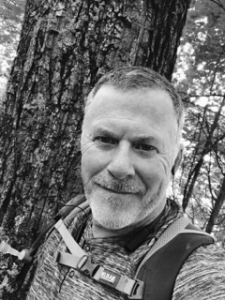 Mark Neese, LCSW, BCBA is the co-founder and co-owner of
Mark Neese, LCSW, BCBA is the co-founder and co-owner of 